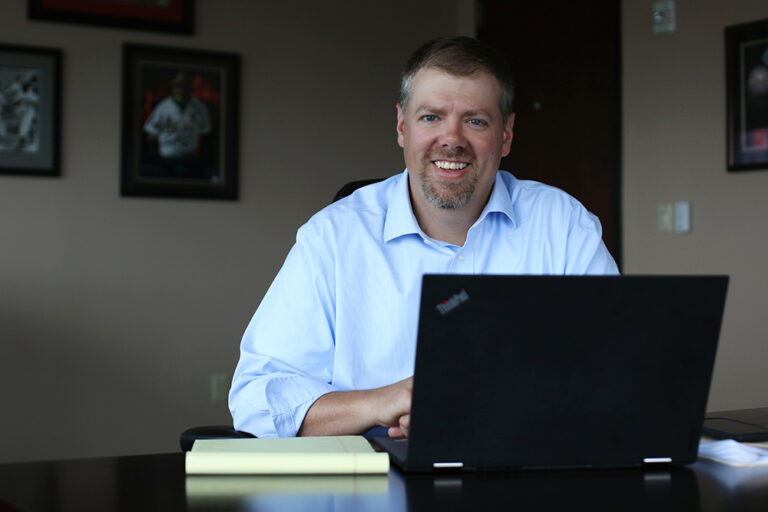
As the academic year begins and students start heading back to school, there may be no better time for parents, teachers, school administrators, instructors and coaches to help younger students make smarter decisions about their health — and that includes avoiding the use of e-cigarettes.
According to the Centers for Disease Control and Prevention (CDC), roughly “1 in 5 high school students and 1 in 20 middle school students reported using e-cigarettes in 2020.”
The CDC also notes that in the year 2020:
- About 3.6 million American youth reported current e-cigarette use
- E-cigarettes were the most commonly used tobacco product among U.S. middle and high school students
- 1 in 5 high school students and nearly 1 in 10 middle school students who used e-cigarettes reported using them every day
- Underage vapers were 40 percent more likely to become traditional cigarette smokers
The CDC’s data from 2020 marks a notable decline from 2019, when it was found that more than 5.4 million teens were actively vaping.
The Undeniable Health Effects of E-Cigarettes on Teens
All tobacco products — including e-cigarettes — contain nicotine, which is statistically one of the most addictive chemicals ever studied.
A growing body of research also shows that the nicotine information typically provided by e-cigarette makers is inaccurate and/or misleading — often in a way that attracts new users. A CDC survey of e-cigarettes found that 99 percent of e-cigarettes sold in the United States contain nicotine, including some e-cigarettes that have labels marketed as containing “0% nicotine.”
Most importantly, teens and underage users are especially vulnerable to nicotine while they are growing and developing. In fact, nicotine can:
- Drive addiction and addictive behaviors
- Harm adolescent brain development, which continues into the mid-20s
- Spark mood disorders
- Contribute to the development of anxiety, depression and suicidality
- Reduce impulse control
- Decrease attention span and thinking skills
In addition to the above, there are other harmful side effects of nicotine and vaping, and research is always ongoing.
Reversing the E-Cigarette Trend Among Young People
Since the start of the COVID-19 pandemic in 2020, the number of American youth using e-cigarettes has noticeably declined. According to a May 2020 study — just three months after the COVID-19 outbreak — nearly 40 percent of underage vapers had quit using e-cigarettes, and 31 percent admitted to cutting back on the amount they vape since the start of the pandemic.
As classrooms became virtual and stay-at-home restrictions kept many youth away from school and cut off from vape-product supplies, the number of youths aged 15-17 who reported vaping in the preceding 30 days declined sharply from 21 to 14 percent. With fewer social events, teenage vapers may have had less opportunity to vape.
The decline in underage vaping also followed closely on the heels of former U.S. Surgeon General Jerome Adams of the Trump Administration declaring in 2019 that underage vaping was, in fact, “a youth epidemic.”
These factors, combined with a growing number of vaping lawsuits, mark a hopeful turn of events in the fight against underage tobacco and nicotine use, but progress is far from over.
How to Play a Role in Combating Youth Vaping
As the school year begins and much of America’s youth returns to in-person learning this fall, eyes will be watching closely to see if there will be a resurgence in underage vaping.
Health organizations such as the American Lung Association (ALA) offer free programs and suggest that parents and other authority figures do their part in combating youth vaping by:
- Taking ALA’s free online training courses for faculty, parents and community
- Starting to have ongoing conversations about vaping with children as early as the fifth grade
- Supporting school initiatives that utilize class time and resources to educate students about the dangers of youth vaping
The start of the school year always marks a period of transition for kids and teenagers, and a great opportunity for parents, teachers and mentors to talk to youth about the serious short- and long-term health risks associated with e-cigarettes.




